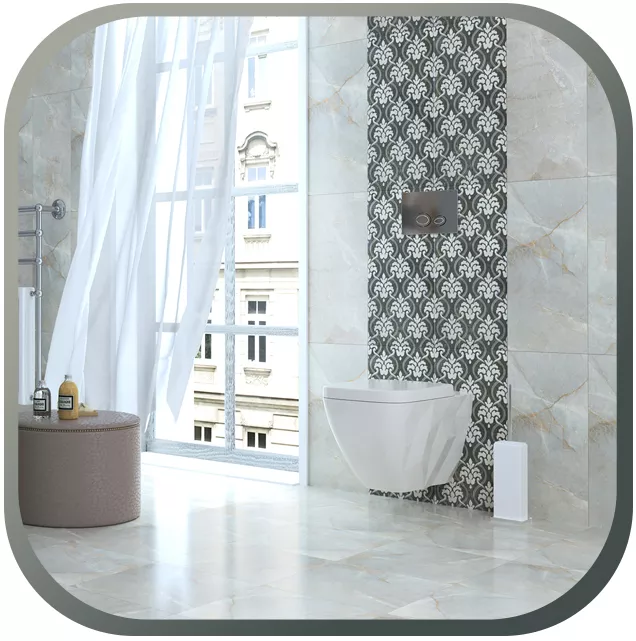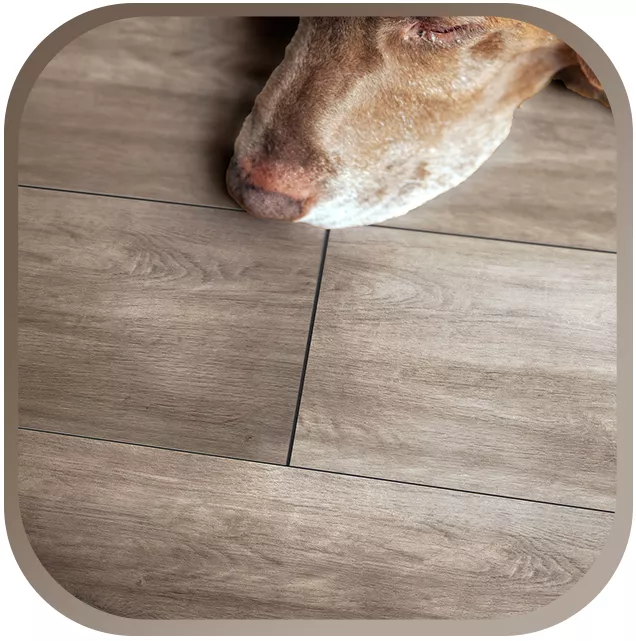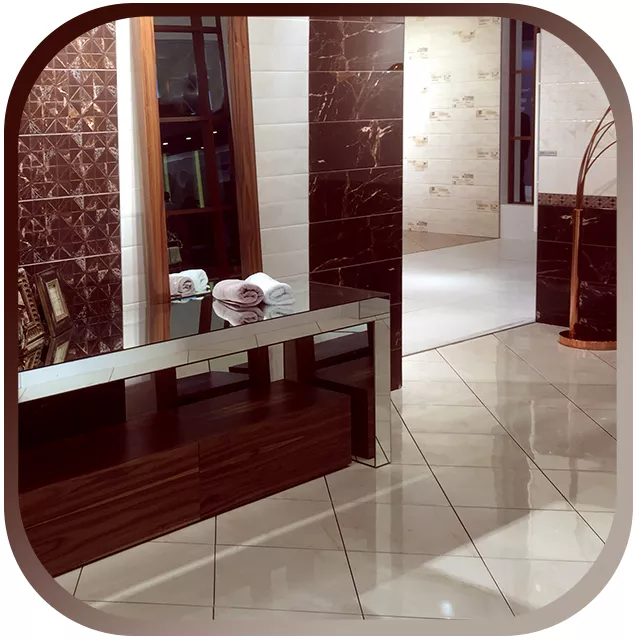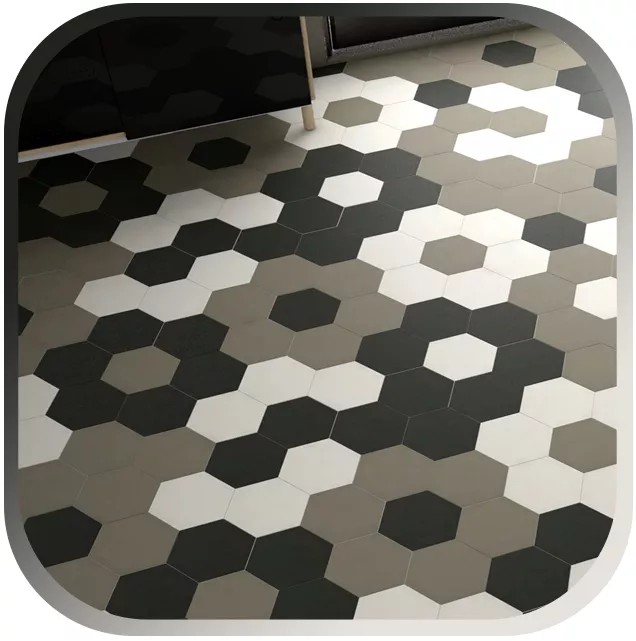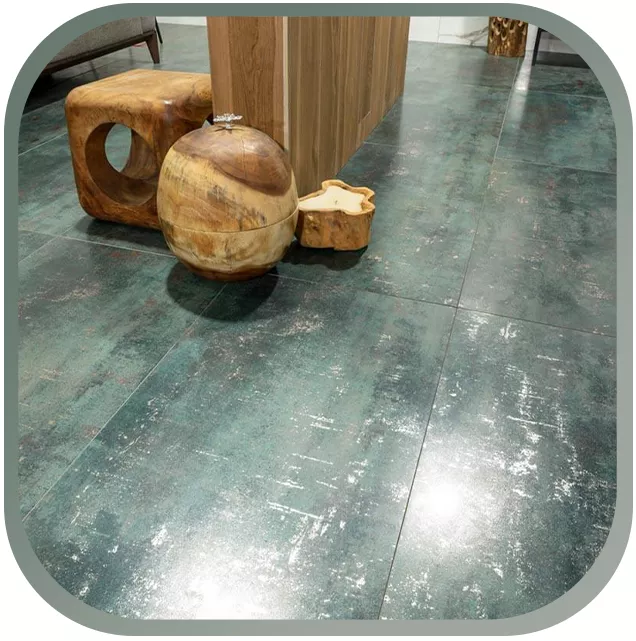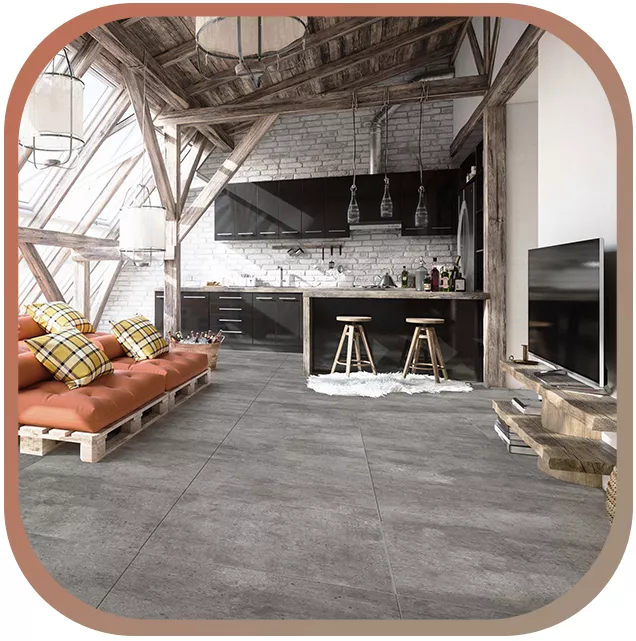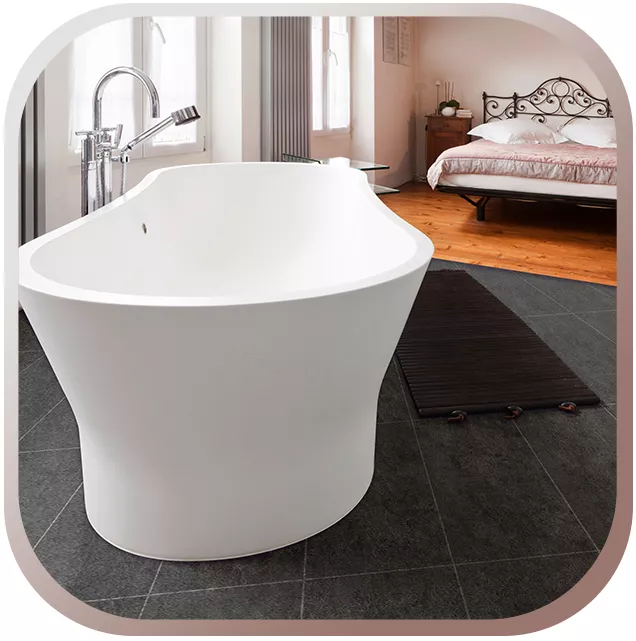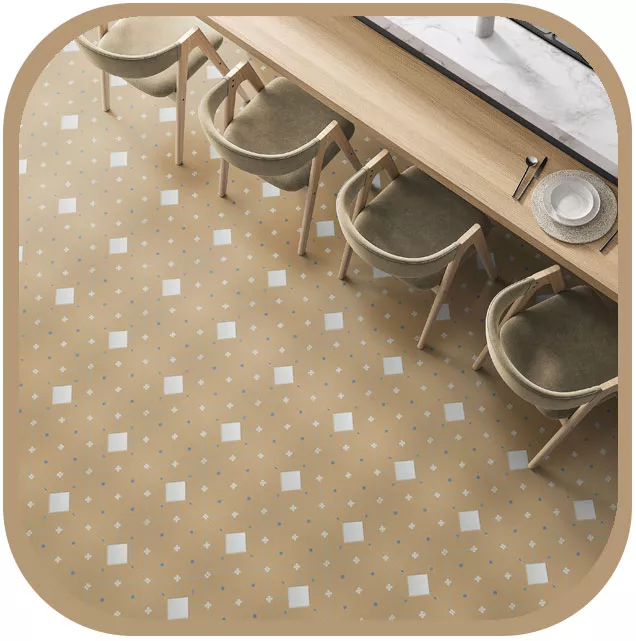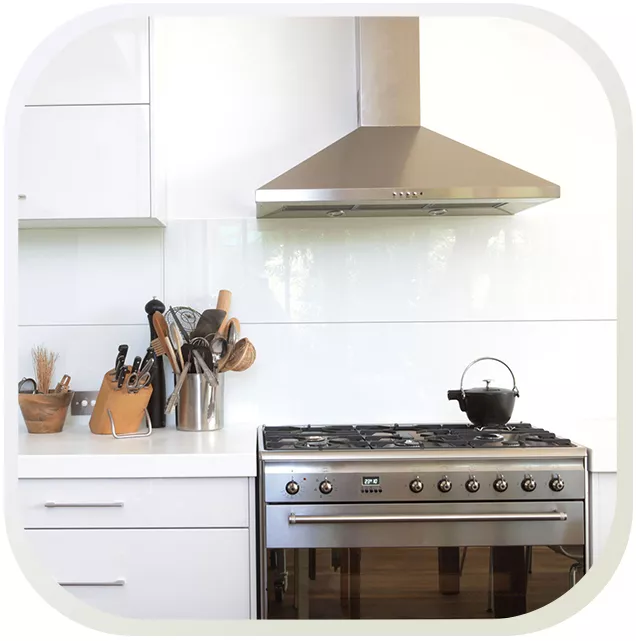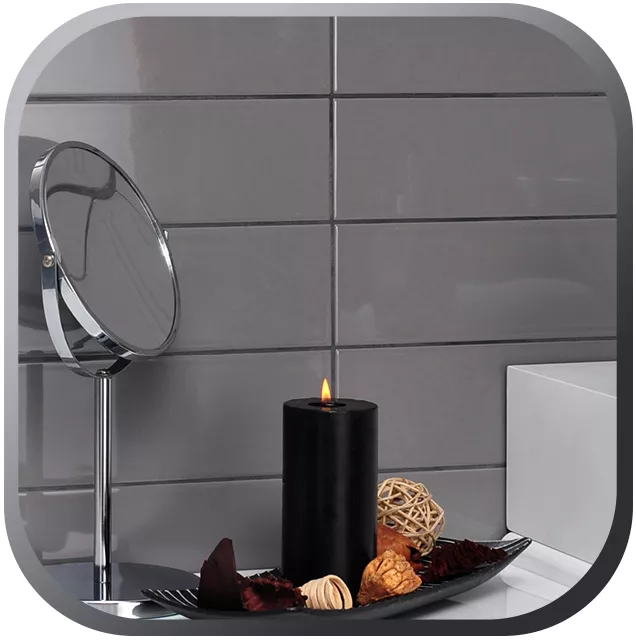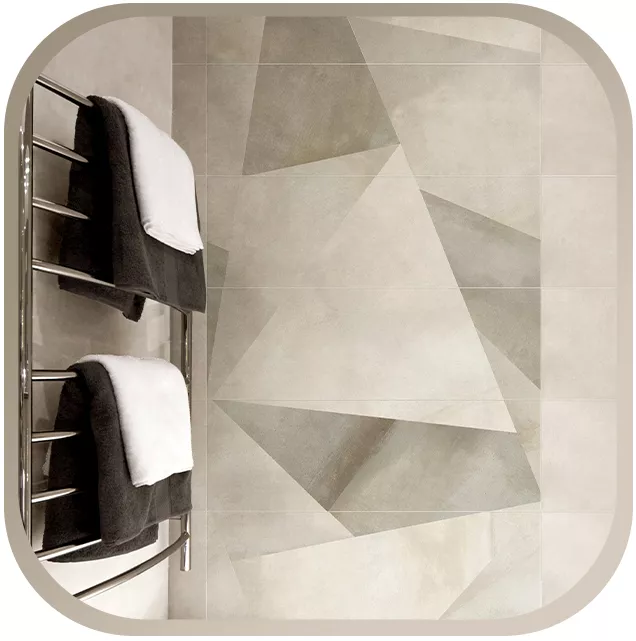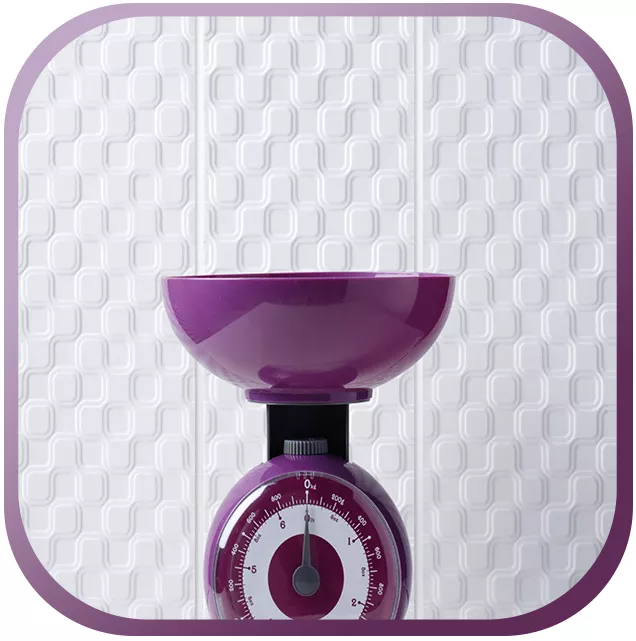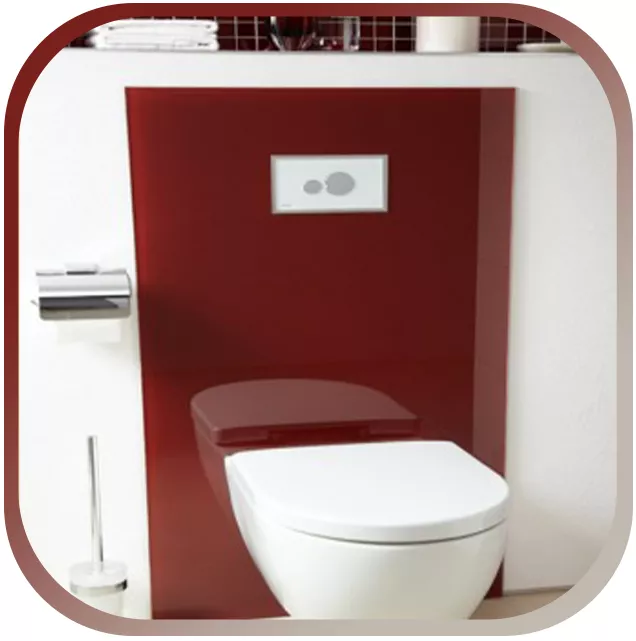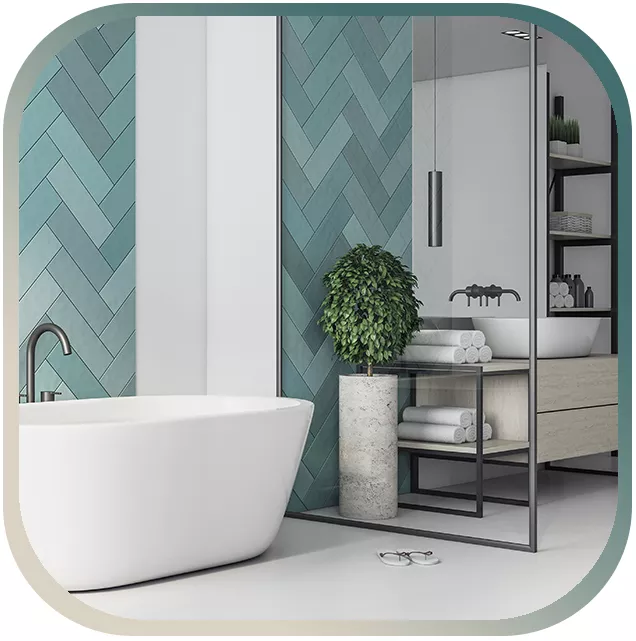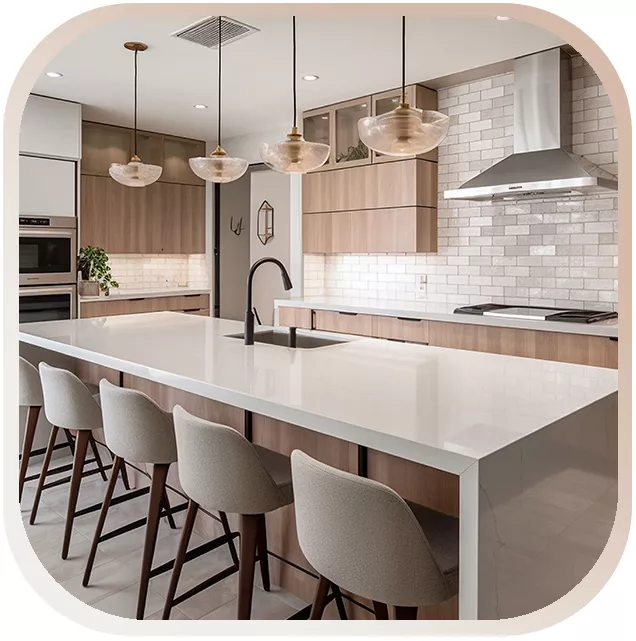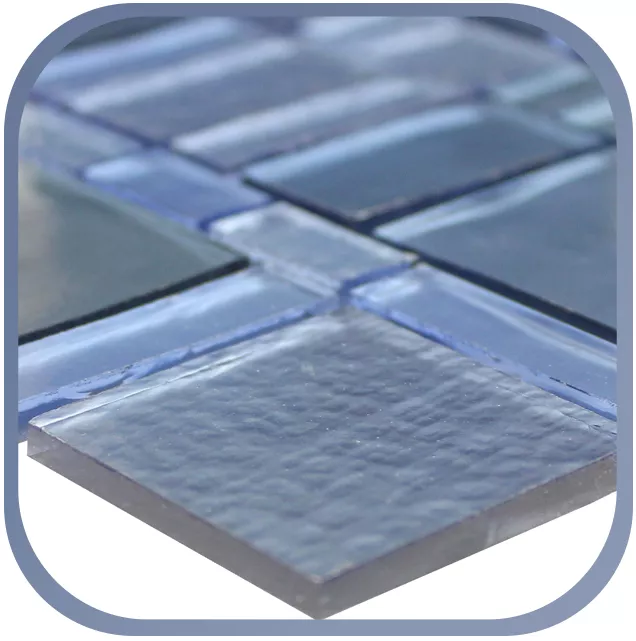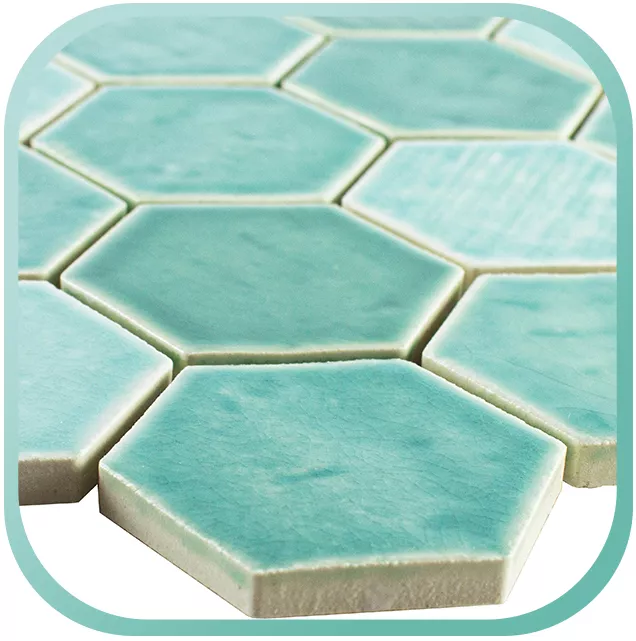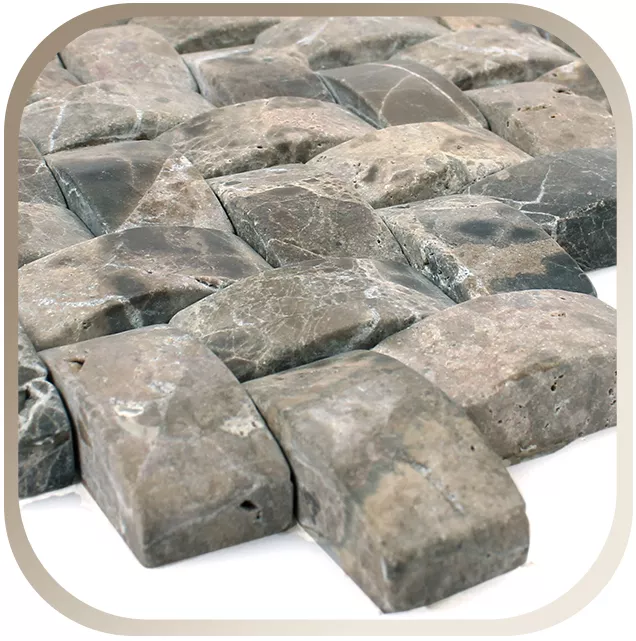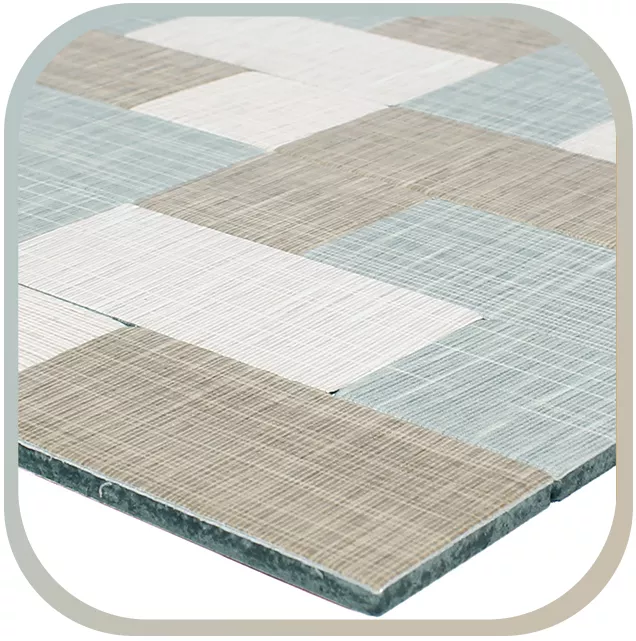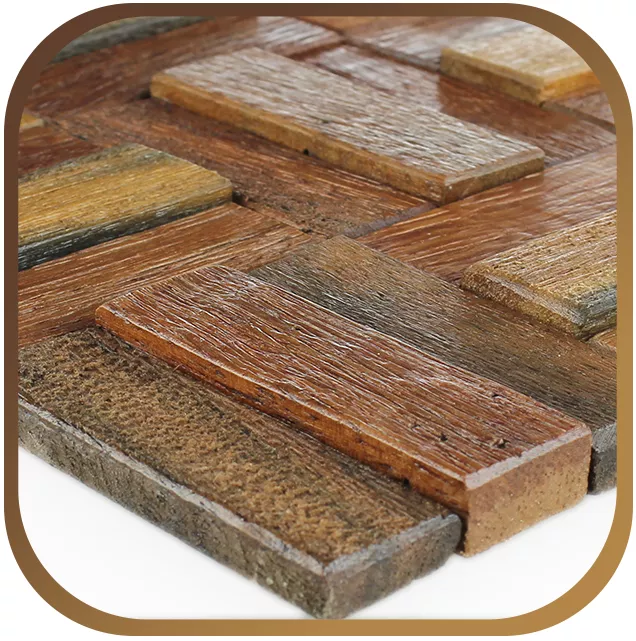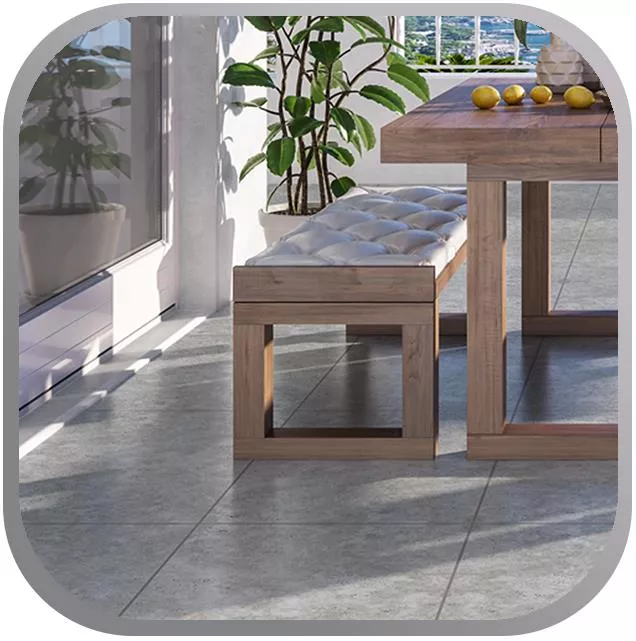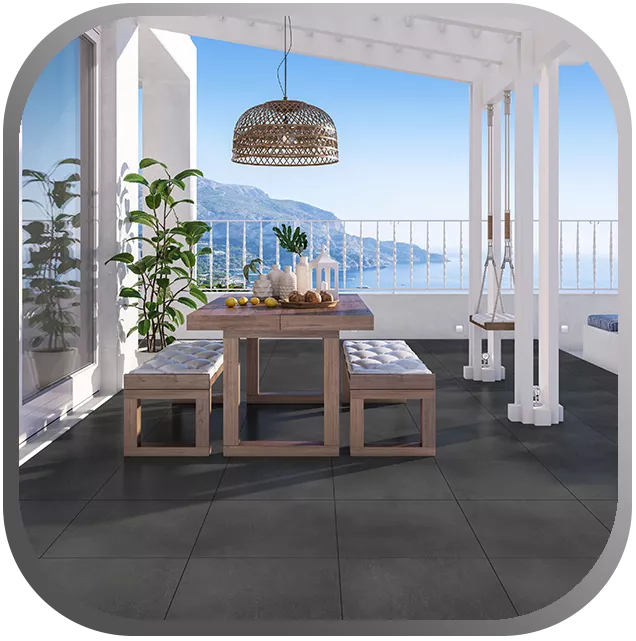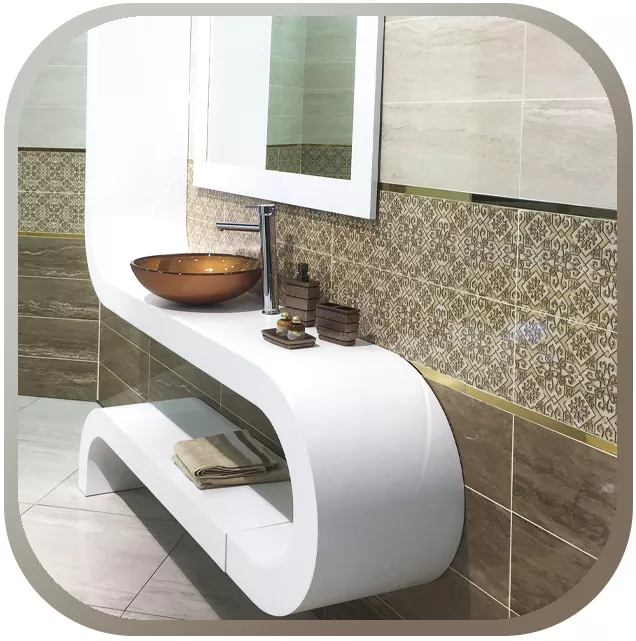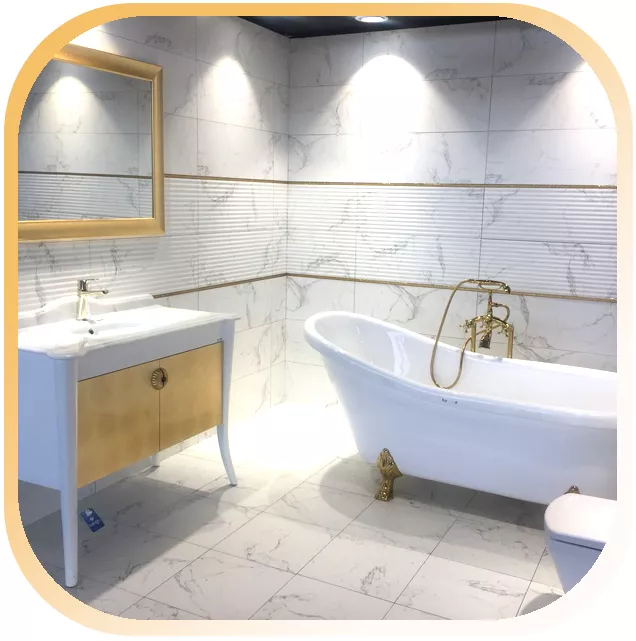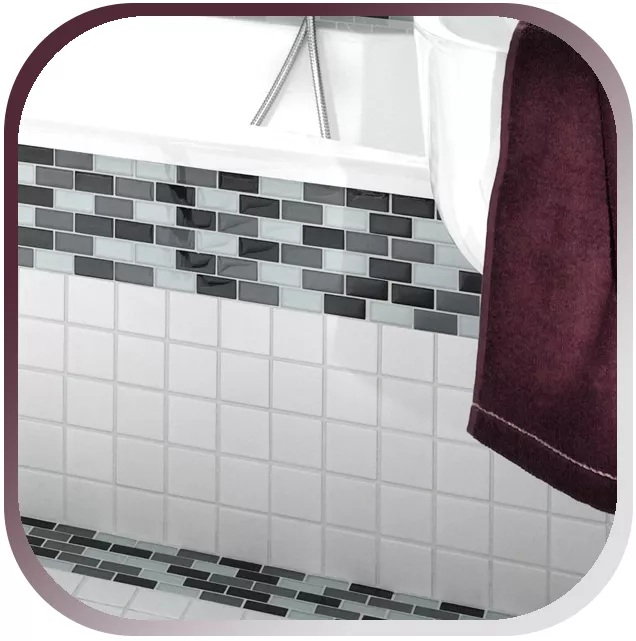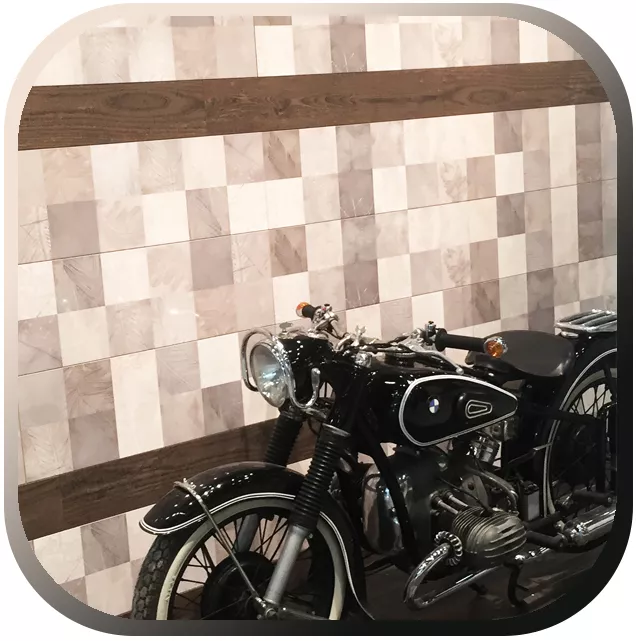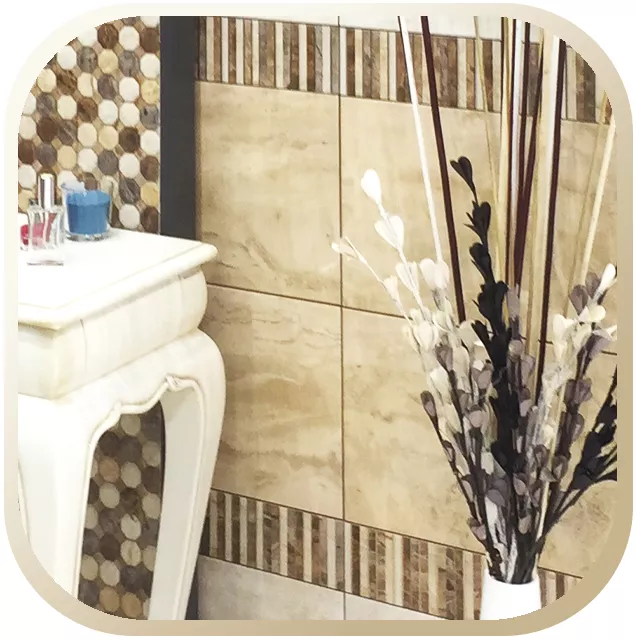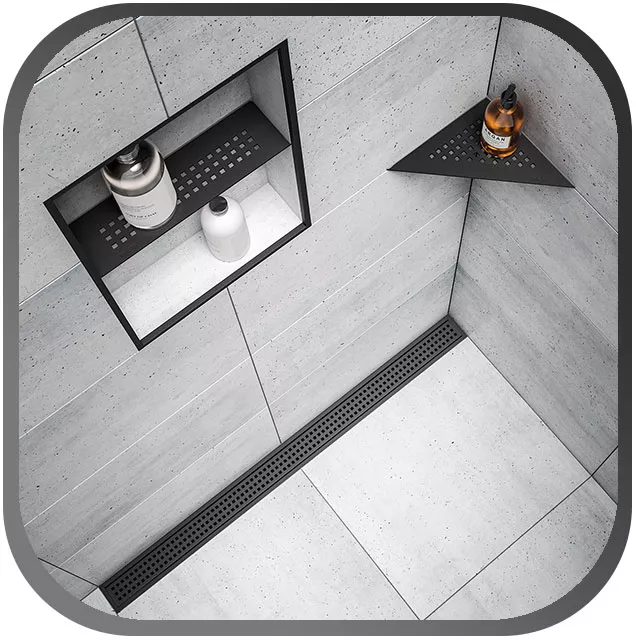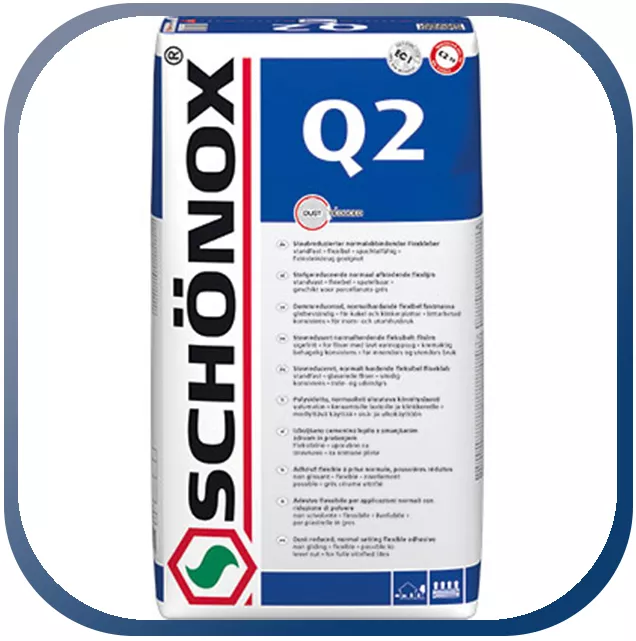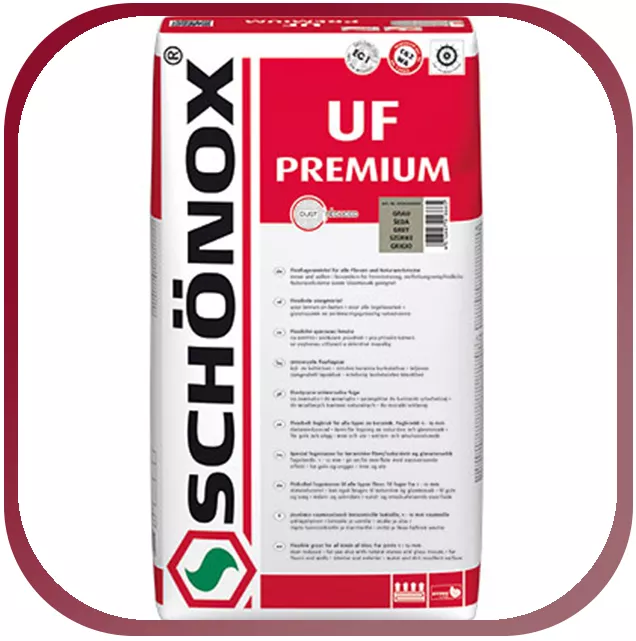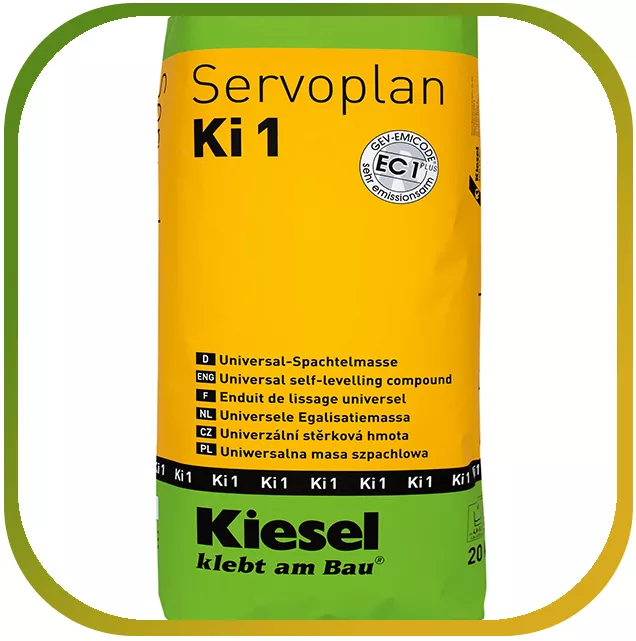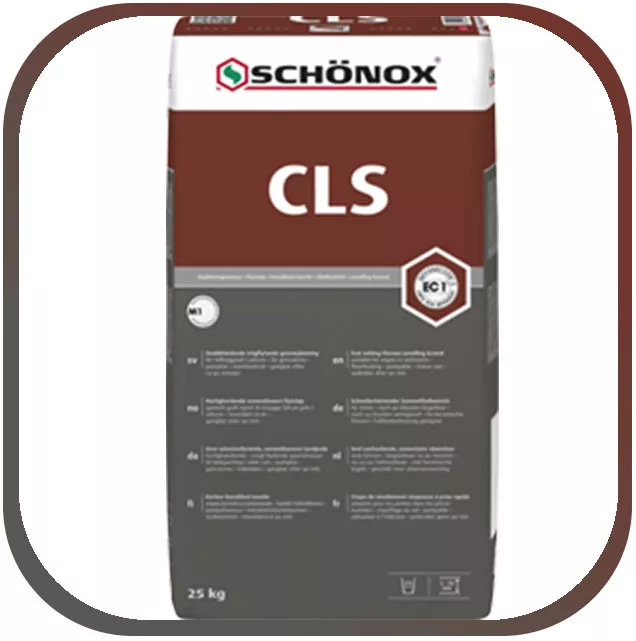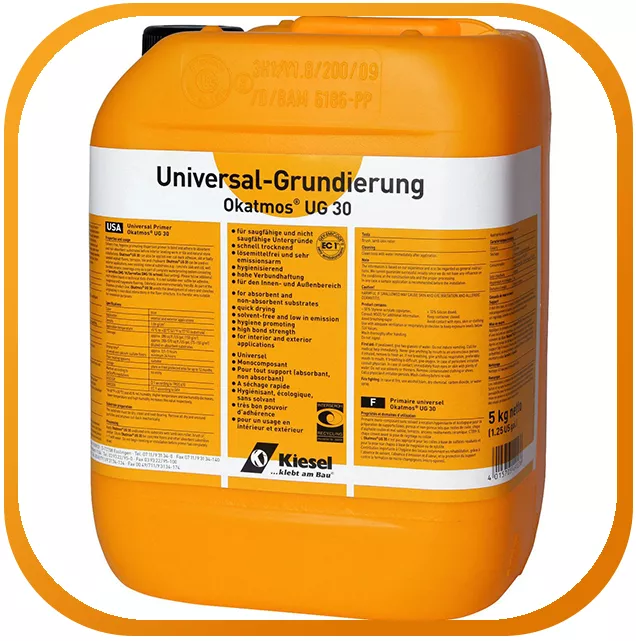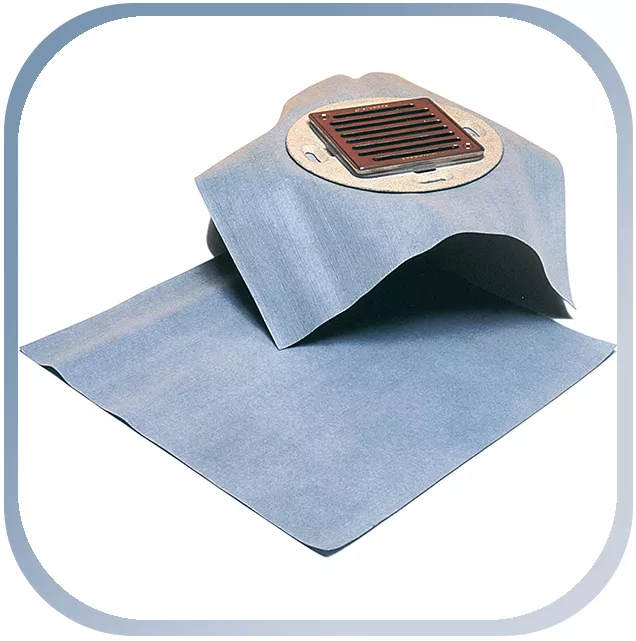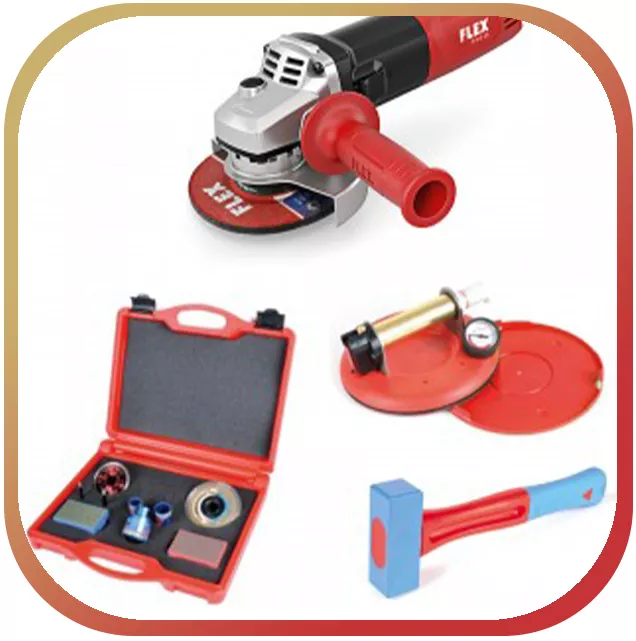Tile profile - so that the subsurface is effectively tailored to your own needs
The use with a corresponding floor profile can be seen as the correct floor covering by means of a tile profile, if the special needs require this. A tile profile has advantages over conventional floor coverings such as carpets, laminate, parquet or the like. These are explained below.
Properties of tiles
A floor profile using tiles has hygienic and climatic functions and corresponding advantages. The hygienic advantage can be seen in the fact that a floor profile with tiles can be washed off easily when wet. It is also particularly resistant to additives such as soap, chlorine and other products. For this reason, the tile flooring is often used in kitchens and bathrooms. For those who are allergic to house dust and mites, tiles also have advantages in terms of being washable.
In an ambience like a winter garden, such a floor profile can also be helpful. In summer, the ambience heats up strongly, as the sun's rays penetrate the windows directly. Then the use of tiles is a good idea to create a climatic compensation. It is not without reason that this soil profile is preferred in southern regions or countries. Carpets or other coverings are not so much used there because they tend to store heat. Tiles, on the other hand, do not absorb heat and stay cool. This cooling function is an important compensation for the room temperature.
Floor leveling using tiles
Floor balancing is very useful in an ambience in which washing is often done wet. If the soil profile is designed so that the water collects towards a drain, then it is ideally designed. This floor leveling is particularly important in large industrial kitchens but also in the private sector in a garage, for example. Because here the owners can use the garages for wet activities. Corresponding floor leveling is extremely important so that subsequent cleaning of the tiles towards the drain is simplified.
The subsurface should also be designed so that the tiles can withstand the load. Here again there are clear differences between industrial and private use. In an industrial setting, the fixing materials underneath the tiles should be selected according to the weight on them. The tiler has to work precisely and cleanly so that no air bubbles are formed that ultimately cause cracks or even breaks. For this reason, the installation of the tiles is the responsibility of professional tiling companies.
Implement floor compensation correctly and specifically
Normal tiling is usually not difficult. Establishing a floor leveling correctly, however, requires experience. If this is not available, it is important to consult a professional tiler. He knows how to skillfully level the ground so that a slight slope is achieved in the soil profile. This should be aligned in the direction of drains. If the drains are in the middle of a room, the floor leveling should be applied circularly around the drain. The slope, on the other hand, should not be too steep so that the furniture or other utensils are not too slanted on the flooring.
Sometimes such a height adjustment could be achieved by means of tiles. This has a compensatory function, since mistakes were sometimes made with the screed. This can be corrected by leveling the floor with tiles. Only a tile profile offers this advantage and possibilities.
The use with a corresponding floor profile can be seen as the correct floor covering by means of a tile profile, if the special needs require this. A tile profile has advantages over conventional floor coverings such as carpets, laminate, parquet or the like. These are explained below.
Properties of tiles
A floor profile using tiles has hygienic and climatic functions and corresponding advantages. The hygienic advantage can be seen in the fact that a floor profile with tiles can be washed off easily when wet. It is also particularly resistant to additives such as soap, chlorine and other products. For this reason, the tile flooring is often used in kitchens and bathrooms. For those who are allergic to house dust and mites, tiles also have advantages in terms of being washable.
In an ambience like a winter garden, such a floor profile can also be helpful. In summer, the ambience heats up strongly, as the sun's rays penetrate the windows directly. Then the use of tiles is a good idea to create a climatic compensation. It is not without reason that this soil profile is preferred in southern regions or countries. Carpets or other coverings are not so much used there because they tend to store heat. Tiles, on the other hand, do not absorb heat and stay cool. This cooling function is an important compensation for the room temperature.
Floor leveling using tiles
Floor balancing is very useful in an ambience in which washing is often done wet. If the soil profile is designed so that the water collects towards a drain, then it is ideally designed. This floor leveling is particularly important in large industrial kitchens but also in the private sector in a garage, for example. Because here the owners can use the garages for wet activities. Corresponding floor leveling is extremely important so that subsequent cleaning of the tiles towards the drain is simplified.
The subsurface should also be designed so that the tiles can withstand the load. Here again there are clear differences between industrial and private use. In an industrial setting, the fixing materials underneath the tiles should be selected according to the weight on them. The tiler has to work precisely and cleanly so that no air bubbles are formed that ultimately cause cracks or even breaks. For this reason, the installation of the tiles is the responsibility of professional tiling companies.
Implement floor compensation correctly and specifically
Normal tiling is usually not difficult. Establishing a floor leveling correctly, however, requires experience. If this is not available, it is important to consult a professional tiler. He knows how to skillfully level the ground so that a slight slope is achieved in the soil profile. This should be aligned in the direction of drains. If the drains are in the middle of a room, the floor leveling should be applied circularly around the drain. The slope, on the other hand, should not be too steep so that the furniture or other utensils are not too slanted on the flooring.
Sometimes such a height adjustment could be achieved by means of tiles. This has a compensatory function, since mistakes were sometimes made with the screed. This can be corrected by leveling the floor with tiles. Only a tile profile offers this advantage and possibilities.



